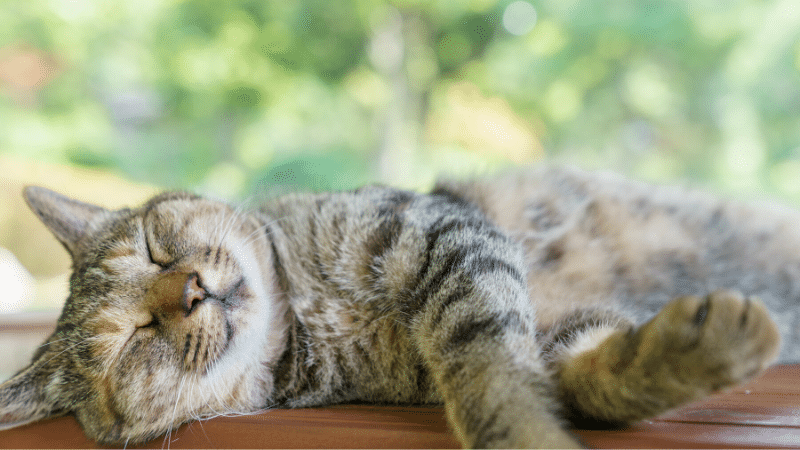
How to Keep your Pet Cool in the Summer

After a long Canadian winter, we’re all itching to get outside with our pets. But, just like us, dogs and cats are susceptible to heat-related illnesses like overheating, heatstroke and even skin cancer. Pets with flatter faces (like pugs and Persian cats), elderly cats and dogs, overweight pets, and animals with previous heart or lung conditions are at higher risks of overheating and heatstroke.
Here are some tips to help your pet stay healthy, safe and cool in the summer.
Heatstroke – what to look for
According to the Ontario Veterinary Medical Association (OVMA), watch for the following signs and symptoms in your pet:
· Excessive panting
· Muscle twitching
· Anxious or dazed look
· Vomiting
· Weakness
· Increased drooling
· Diarrhea
If you think your pet has heatstroke, take them out of the heat immediately and try to lower their temperature gradually (too much cold at once is too much of a shock on their system). Allow your pet to drink if they can and take them to the vet as soon as possible as heatstroke can cause organ damage or death.
Tips for keeping your pets cool in summer
1. Make sure there’s plenty of water and shade available for your pet. Dogs and cats dehydrate quickly, which means they need access to lots of water and somewhere shady to beat the heat. When you’re outside, watch your dog for signs of overheating. For health and safety reasons, always keep your cat indoors and be sure to turn a fan or air conditioning on for hot days.
2. Keep all outdoor activities low energy. Even if your dog is zooming to play outside, don’t give in! Overworking a dog on a hot day is a recipe for overheating, or even worse, heatstroke. Instead, try relaxing with your dog outside in the shade and save the games for inside where it’s cool.
3. Stick to walking on grass instead of hot asphalt sidewalks. Sidewalks get hot in summer (like really hot). According to adoptapet.com, on an average summer day of 25˚C, asphalt sidewalks are 55˚C, and on a hot summer day of 30˚C, asphalt sidewalks are over 61˚C. Here’s a ‘rule of paw’ to help you out: if the pavement feels too hot for your barefoot, then it’s too hot for your pet’s paws.
4. Aim for early morning or late evening walks. Play it safe and walk your pet in the evening after 8:00 p.m. or in the morning before 8:00 a.m. to reduce the risk of heatstroke. Even temperatures as low as 20˚C put dogs and cats at risk of heatstroke.
5. NEVER leave your pet in a parked car. Leaving a pet in a vehicle during the summer is dangerous and even deadly. According to the OVMA, temperatures inside a parked vehicle get to 48˚C very easily, which can cause dehydration, overheating, heatstroke and, in extreme cases, death.
6. Protect your pet from harmful UV rays. Dogs and cats have sensitive skin and can get sunburns just like us. While most pets have hair that acts as a natural sunscreen, any dog or cat can get skin cancer. Certain breeds are at higher risk, especially if they have light skin or pink noses. Try to avoid the sun to lessen your pets’ risk and use a pet-friendly sunscreen when in the sun. If you’re taking your pet on a boat trip, make sure you remember to protect them from the sun.
7. Maintain your pet’s coat to help regulate heat. Long-haired cats and dogs shed when it starts to get hot, but it’s important to maintain your pets healthy coat with regular brushing to help control body heat. If your pet does not shed, it’s still important to brush them regularly to avoid matts and knots that trap heat and make your pet hotter than necessary.
Pet insurance can help with the cost of vet visits
If you notice signs and symptoms of heatstroke, contact your vet immediately.
Petsecure can help with the cost of treatment and medications. Learn what’s covered by Petsecure and get a free quote today.
This article was originally posted on Petsecure.com.

